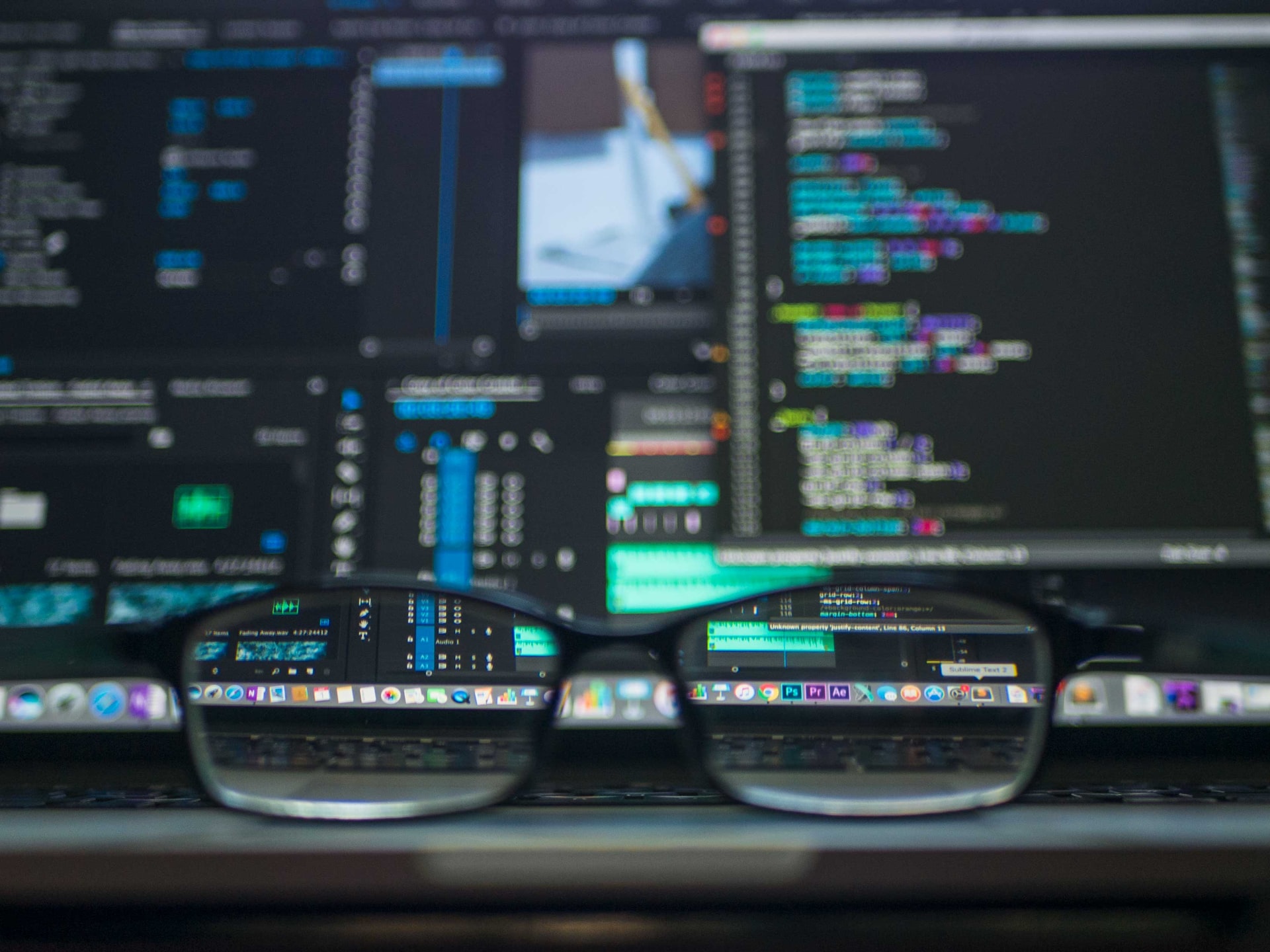What is ML and how it’s used in software development

Machine Learning (ML) is a way to simulate the result of natural (human) intelligence using algorithms and programs.
Thanks to these technologies, computers and smartphones authorize the user by face or fingerprint, Amazon and other online stores offer similar products or recommend them according to preferences. ML is widely used in business and economics, for example in price forecasting.
Determining the value of goods / services. There is a classic task, which begins with many textbooks on machine learning – how to determine the price of the house, if you set its basic parameters: the number of apartments, area, location, and so on. The sites of real estate agencies that offer you to calculate this, in most cases already use Prediction mechanisms (predictions by given parameters). Also with the help of algorithm processing texts and evaluations can be sorted: in one group – negative feedback, in another – positive. And people are already choosing which category interests them. Or you can recommend certain people in the directories according to the specified parameters. These are basic tasks that are far from fantastic, but they save a lot of time.
In medicine. ML can be used to process X-rays, quickly determine whether a patient is sick or not, to identify suspicious areas that require closer attention from oncologists or other specialists.
Sales. The store can provide the number of specific goods to be purchased as a result of processing the array of previous sales. The system “trains” and learns to take into account seasonality, the specifics of a particular business in a particular store and many other factors. You can easily take into account the trend components. In particular, if you have overall sales growth, this will also be reflected in the forecast.
Agriculture. Clients from the agro-industry with our help have introduced a system of “smart” watering of plants in the fields. The task was to move away from the system of equal watering of all plants. Soil samples were taken and irrigation was dosed according to the results of these measurements. After “training”, the model turned on irrigation only when the conditions and time were optimal.

ML development trends: what to expect in the near future
Deep Learning and neural networks are developing very fast. New algorithms are constantly appearing, which with the help of neural networks allow to recognize images, images, objects, high-quality video processing, huge and complex media files. After all, today there is so much video content in all areas from entertainment to security systems that it is impossible to process them manually.
The development of this area is the most impressive – a few years ago we could not even imagine that it would ever be possible. Data Scientis’ new profession is a scientist who specializes in artificial intelligence and machine learning. This area is growing extremely rapidly, so there are no limits to growth, and the median salary may well be replaced by the maximum.
If we talk about growth levels within companies, then everything is normal: juinor, middle, senior, principal, head of department or a certain area. Regarding horizontal movement: people come to machine learning more often (for example from Engineer to DataScince) than change it to something else.
As you gain experience, your models become more accurate and useful. As you grow as a professional, the most prestigious field in the United States is government research on global issues.
Where AI cannot be used yet
Unfortunately, not all areas are yet able to develop and teach artificial intelligence to work effectively.
The simplest are the tasks of classical machine learning. There is a list of parameters on which the result depends, and nothing else affects the prediction. All input data in the form of a numerical array is processed in a certain model, and the result is a number, binary value or some characteristic. The existing algorithms can handle this quite well.
But everything is much more problematic when you need to describe and explain more complex phenomena. For example, when analyzing a video, it is necessary to recognize: whether the video is a thief, or a neutral person, or a cat ran at all. It is necessary to analyze a total of many parameters, even shadows.
